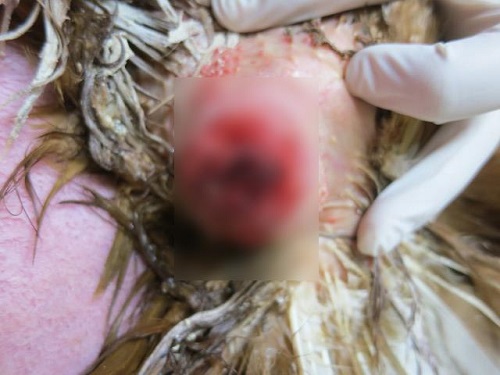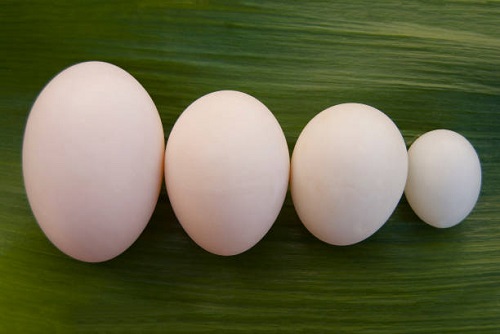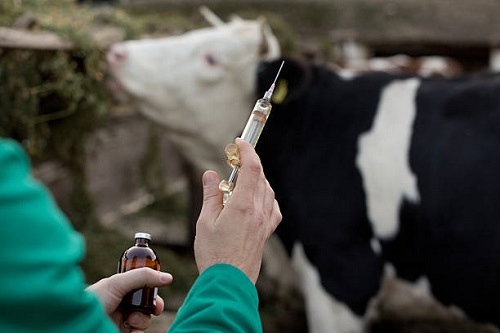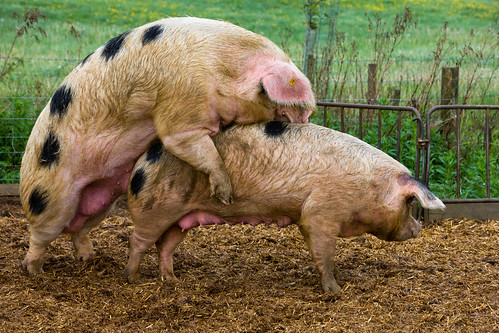Prolapse (pick out) is the turning inside out of the oviduct and rectal organs through the vent, to the extent of not retracting back. Its occurrence may result in death. Its discovery in time will assist in the repositioning of the organs back to their normal position using the hand.
Click here to view chicken with prolapse
What Causes Prolapse in Chickens?
Following is a summary of conditions where prolapse-related problems are most likely to occur.
1. Overweight or underweight birds
Overweight birds are more susceptible to prolapse as a result of general muscle weakness and larger eggs laying tendency. Too much deposition of fat around reproductive organs exposes birds to prolapse.
2. Unbalanced feed rations
Insufficient calcium in the diet will bring challenges to eggshell formation but can also lead to muscle tone.
3. Reproductive age of the flock of birds
Prolapse occurs likely at the peak of birds’ production and period of peak egg mass, as a result of the large demand placed on the birds’ metabolism.
4. Double-yolked eggs laying
The excessive size of these eggs will stretch and possibly weaken cloacal muscles.
5. High light intensity
Under high light intensity conditions, birds are more likely to see and be attracted to the everted oviduct and thus pecking occurs and causes damage.
How to Prevent Prolapse in Chickens?
The key to preventing prolapse is good management; and if good management is promptly applied, the effect of prolapse will be minimized, especially when the syndrome begins to appear.
The major percentage of death recorded during the incidence of pick out / prolapse as ascribed to prolapse is not true. The death is a result of cannibalism among pullets through picking or pecking at the slightly inverted vent of another pullet when laying, till she loses blood or when the intestines have been damaged.
The sign observed during the prolapse problem is the presence of blood-streaked eggs. As stated above, careful and serious management will reduce the rate of prolapse as well as most other health problems in the flock.
Isolation of affected birds should be done if possible to prevent further damage.
Note the following:
- Photostimulation should occur when the birds reach the weight and age recommended by the breeder.
- Balanced feed rations are required to sustain egg production and maintain body weight at recommended levels.
- Ensure that light intensity in the pen house is at the breeder’s recommended level. Look into reducing the light intensity by covering windows, or replacing bulbs with lower-watt bulbs.
- If the flock is laying a lot (more than 4%) of double-yolked eggs, gently restrict feed intake.
- Birds should be watched to observe vent-pecking behavior and isolate such from the flock.
- Consider a very low-wattage red-colored bulb. If birds cannot differentiate the color of the everted shell gland from the background of colors, they won’t be susceptible to cause damage.
The truth about prolapse is that it is the performing (laying) birds that die. Prolapse is not observed in non-laying (non-performing) birds. It is the birds laying well that are always dying. Consequently, the more the number of deaths recorded, the more economic losses. Poultry farmers should give adequate attention to the feeds they give to their birds to avert the repercussion of prolapse in their poultry flocks.




I f o und your description of a prolapse oviduct and treatment very helpful. I will certainly be looking again if I have problems with my hens. Thank you.
I m interested in theses publications
Please i want to know the feeding chart of layers from day old up to seventy-two weeks
Very interested article
Thank you
Please send me all your articles on poultry. God bless you.
They are all here http://www.livestocking.net/poultry
Thanks for valuable information, will definitely use it as I have already lost 6 layers in two days.
Kind regards
Kavits
Thank you for this information, I hope it will help Poultry Industry and Poultry Farmers.
Thanks for sharing this.